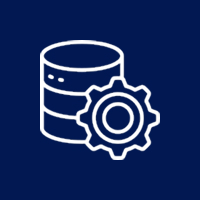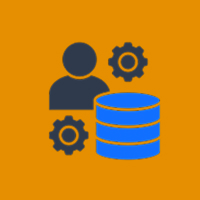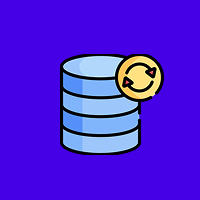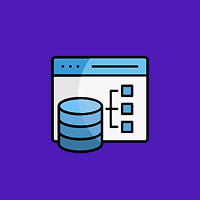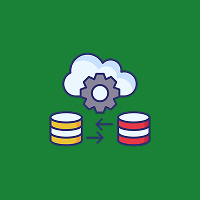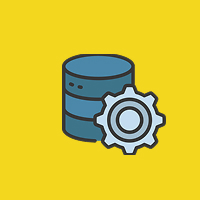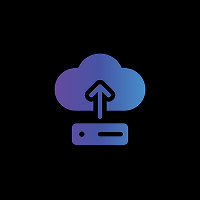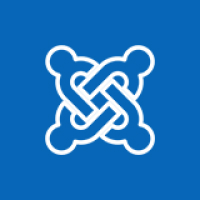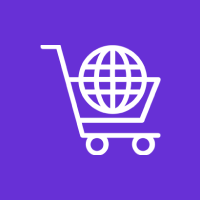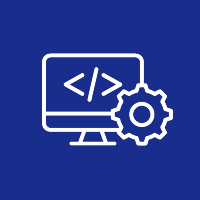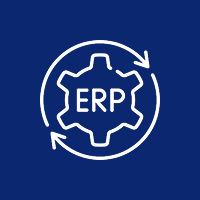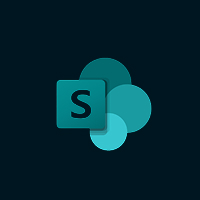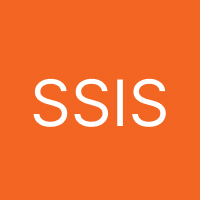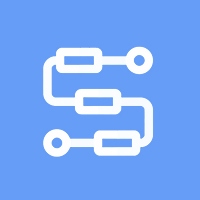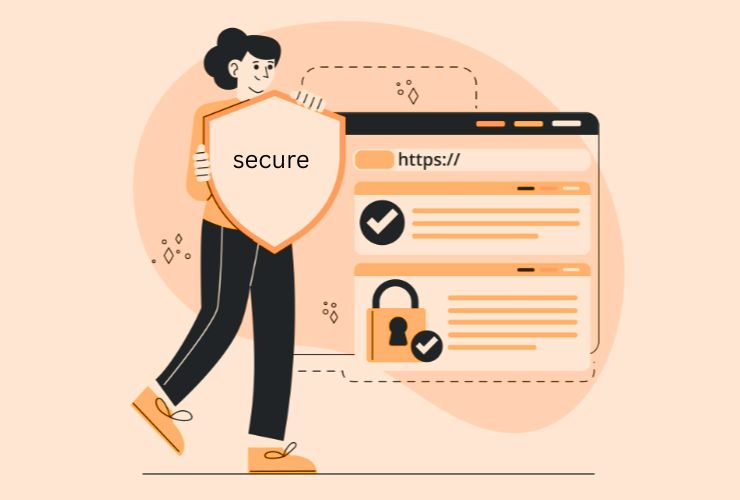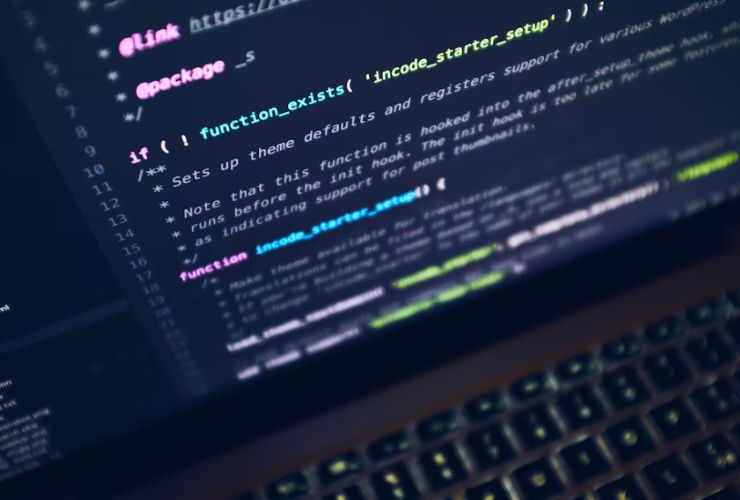As web applications have become more sophisticated in their complexity, so have the attack mechanisms employed by attackers to take advantage of them. Two of the most prevalent and potentially destructive web vulnerabilities are SQL Injection and Cross-Site Scripting (XSS). If not remediated, these problems can lead to stolen information, hijacked user accounts, or full system domination.
Laravel, which is perhaps the most widely used PHP framework, has robust security against these types of issues. While the framework itself gives a good starting point, the developer’s role in ensuring application security cannot be overstated. Knowing what these vulnerabilities are—and how Laravel’s best practices can be used to neutralize them—is critical to creating secure apps.
This article delves into how SQL injection and XSS attacks function, how Laravel protects against them, and what else you can do to make your application secure.
What Is SQL Injection?
SQL Injection is an attack that enables an attacker to interrupt the queries an application sends to its database. This mostly occurs when user input that is not sanitized or checked is inserted directly into database queries. An effective SQL injection attack will enable attackers to access data that they should not, change or delete data, and even execute administrative tasks on the database.
In the most extreme case, SQL injection may be employed to breach the host server of the application.
How Laravel Prevents SQL Injection
Laravel has features built in to help protect against SQL injection. Its object-relational mapping (ORM) system, Eloquent, and its query builder have built-in functionality to automatically escape and bind user input to help stop malicious queries. This means that the majority of the time, just using Laravel’s query methods correctly can help keep your application secure.
All that being said, security can still be compromised when a developer circumvents these protections using raw SQL queries or directly putting user input into the database layer without validation. Developers must be careful not to expose their applications by abusing these features.
Best Practices to Avoid SQL Injection in Laravel Applications
Although Laravel has protection, there is value in adopting good development practices:
Use Laravel’s Query Builder or Eloquent ORM whenever possible, which ensures proper parameter binding and query safety.
Avoid interpolating user input directly into database queries. This is especially important when dealing with raw queries, which bypass Laravel’s protective mechanisms.
Always validate and sanitize user input. Laravel provides powerful validation rules that can be used to ensure the integrity and format of data before it reaches the database.
Use a principle of least privilege in your database configuration. Your database user should be granted only the permissions it requires—no more.
What Is Cross-Site Scripting (XSS)?
Cross-Site Scripting, or XSS, is an attack vector through which attackers inject malicious scripts into webpages that are subsequently accessed by their unsuspecting victims. These scripts can steal sensitive information, hijack user sessions, or redirect users to malicious sites.
XSS might happen when a web application embeds untrusted data within the output it produces—particularly if it doesn’t escape or filter that data correctly.
How Laravel Defends Against XSS
Laravel’s Blade templating system escapes variables that are passed into views automatically. That’s to say, by default, most output in a Laravel application is secure against XSS. There are exceptions, however—like when developers knowingly disable escaping or mistakenly trust user-provided data.
Further, Laravel does not automatically safeguard you in every scenario. For instance, when injecting data into JavaScript blocks, attributes, or event handlers, you must manually deal with escaping. Knowing these edge cases is paramount to complete protection.
Best Practices to Prevent XSS in Laravel
Following are some practical steps that will minimize the possibility of XSS in your Laravel applications:
- Stick with Blade’s automatic escaping functionality. Output is HTML-escaped by default, so malicious scripts appear as plain text.
- Don’t disable escaping when it’s not necessary. Raw output functions should be used only when you’re sure the content is safe, e.g., admin-approved HTML.
- Use input sanitation when users can submit HTML content. Clean submitted HTML using a trusted library by stripping out possibly dangerous tags and attributes.
- Manually escape user input in non-HTML environments, like JavaScript or data attributes.
- Configure security-minded HTTP headers (e.g., Content-Security-Policy, X-XSS-Protection) via middleware to minimize exposure to script-based attacks.
- Validate forms and user input fields comprehensively. Even inputs that appear harmless, such as names or comments, can be used for script injection.
General Laravel Security Recommendations
Besides preventing SQL injection and XSS, it’s advisable to follow a full security strategy:
- Update Laravel and its packages. Periodically update with security patches and employ secure packages that are maintained.
- Activate HTTPS on your whole application. This makes communications encrypted and safe against eavesdropping and interception.
- Implement Laravel’s native CSRF protection. This dynamically thwarts cross-site request forgery attacks against form submissions.
- Switch off debug mode on production. Laravel’s debug mode divulges sensitive data and must be disabled on production servers.
- Establish adequate file and directory permissions on the server to limit the possibility of file-based attacks.
- Implement good authentication habits, like MFA, login attempt rate limiting, and monitoring for abnormal behavior.
Conclusion
Laravel security is the developer’s responsibility alongside the framework’s. Laravel has good inbuilt tools that guard against XSS and SQL injection attacks, but the knowledge of how these weaknesses are exploited and how to evade them is what ensures your app stays secure.
By adhering to Laravel best practices, validating and sanitizing input, and paying attention to how data moves through your application, you can go a long way toward limiting your exposure to these ubiquitous threats. Secure development is not, after all, about checking a box—it’s about developing habits that make security a natural part of the development process.
Whether you’re building a small Laravel project or managing a complex enterprise app, make security a top priority from day one.
Contact Us Today
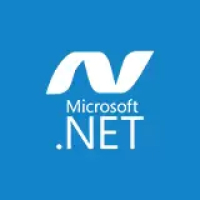

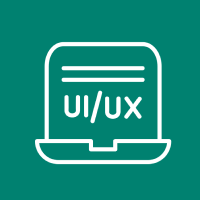
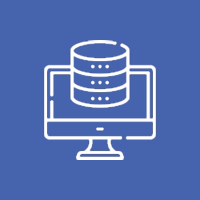
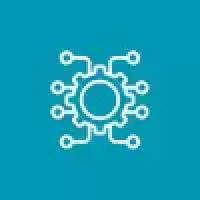



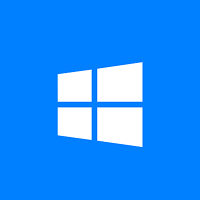
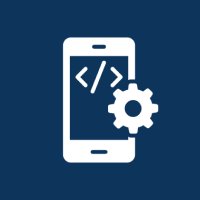



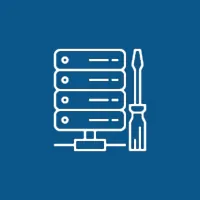 Database Development
Database Development





